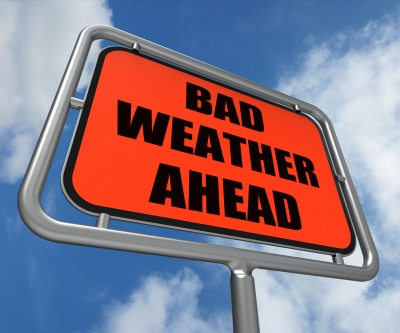Storm Protection Knowledge: Everyone knows when it is ‘that time of year’ for storms – hurricane season is a stressful time for people that live or work along the coast. While we cannot prevent a hurricane, one of the best forms of storm protection is readiness. Because of the importance of knowing storm safety tips, we will devote an entire post to what you need to know for hurricane safety before a storm hits.
According to the National Weather Service’s National Hurricane Center, there are several important aspects for readiness when it comes to storm protection. Certain residential and commercial locations are considered “evacuation areas” that require you to leave and seek a hurricane shelter or storm shelter for hurricane safety. In addition, the National Weather service suggests that you determine “your home’s vulnerability to storm surge, flooding and wind” before you find yourself in a storm protection situation. Speaking of vulnerability – is your house equipped to withstand high winds with storm shutters or fabric hurricane protection? You may want to do research on a wind abatement system to make sure your home has the highest level of hurricane safety.
Storm protection knowledge and tips can help you save a life or save your home or business some damage. Just like in any other types of storm, you and your family need to have a reliable method of getting updates from the National Weather Service and your local government. An often-overlooked aspect of this is the real understanding of what the issued hurricane safety watches and warnings actually mean, which is equally as important.
Another important part of the information gathering stage is knowing who to call in a hurricane safety or storm protection situation that becomes dangerous in your home or car. Do you have the phone number of your local hospital or fire department? Other contacts such as law enforcement, American Red Cross, radio stations and your home or renters insurance agent are also listed as important phone numbers to have according to the National Hurricane Center.
To help people in hurricane-affected areas prepare for storm protection, there are several online tools designed to assist people assess their unique “hazard and vulnerability.” The first is through FEMA, with the link provided below, which gives each person a unique username and password with a plethora of helpful storm protection information. It includes information regarding FEMA’s Hazard Mitigation Assistance (HMA) grants, which help fund mitigation and rebuilding after a storm hits. People can also get information on their personal flood risk through FloodSmart.gov, the website for the National Flood Insurance Program.
Other Helpful Resources:
FEMA Hazard Assessment: https://hazards.fema.gov/femaportal/wps/portal
National Flood Insurance Program Risk Calculation: https://www.floodsmart.gov/




